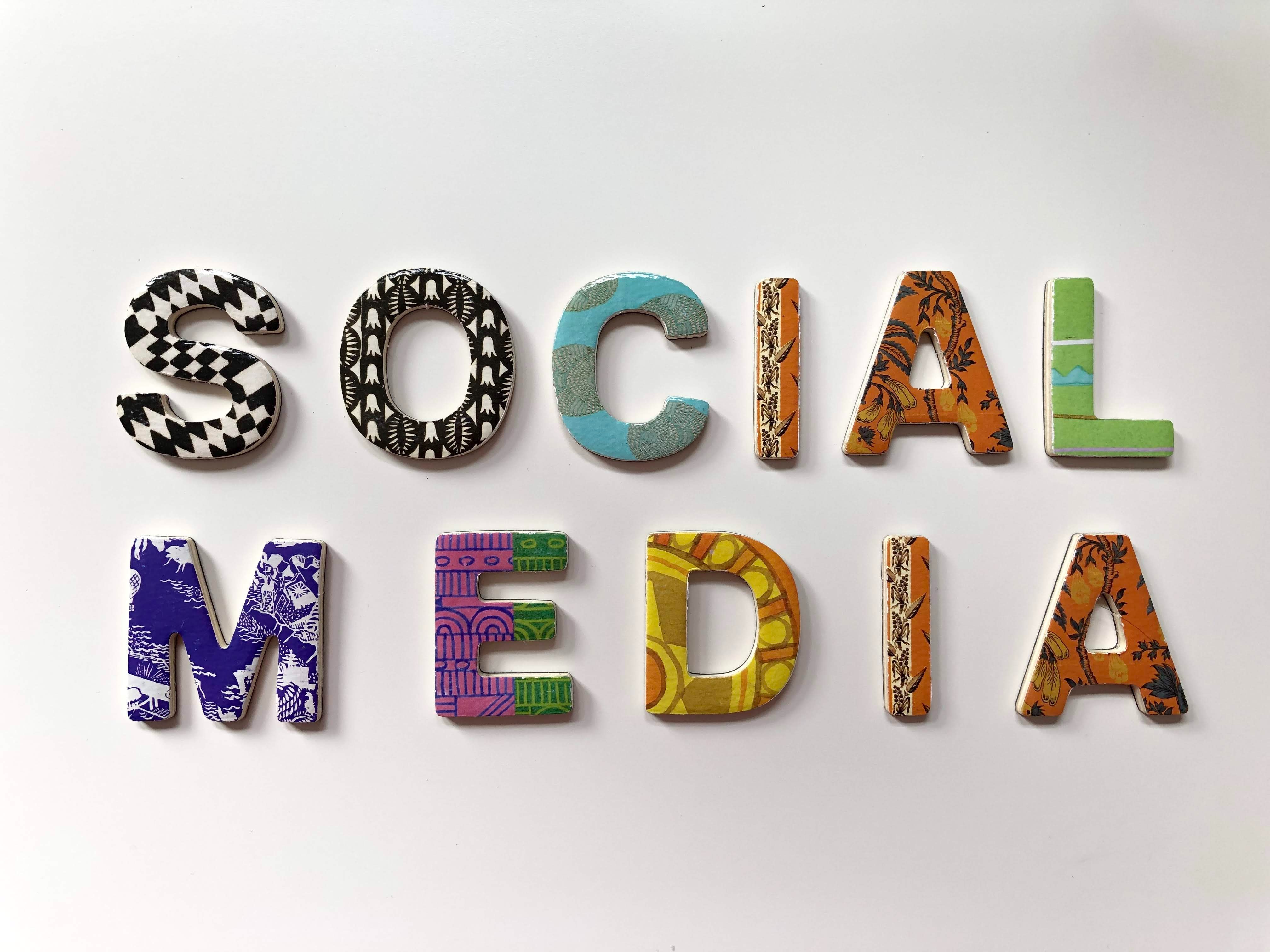Nowadays it is almost unheard of to have an online business and not be active on social media. These two concepts are almost interconnected. And there are no unique reasons as to why we should artificially separate them.
If your organization or its self-expression is important to you then it is natural to want to share these values with the world.
Self-expression in this field is eminently tied up with branding. Consistent branding allows you to develop an organizational identity; which is pretty enticing for your average follower.
Especially if your branding is genuinely eccentric. Today we usually see two types of approaches on any given platform when it comes to different companies.

The first - reserved, professional, distant. This is usually the go to for companies who are connected with the federal organizations or politics in general. If you consider your job to be too serious for fluff then you probably have gone ahead with this one.
The second - light hearted, joyful, humorous. At least an attempt at those. This has become the staple for most companies that are based in us. A cold, frigid approach does not cut it anymore, so companies have resorted to posting memes and concentrating on the fellow kids on Twitter. You are probably gonna have to confront the almighty silencing ratio crab if you go with this.
Both of these are quite superficial and it does not take a genius to figure out what the company is going for. It is, no doubt, a managerial decision meant to try to up the conversion rates, profit maximize.
A different approach
Of course, for both the user and the organization any deviation sounds risky. That is why, for example, when designing a site we try to be careful about the expectations that come with structuring your site a certain way. Extreme deviations are very rarely appreciated.
Most of companies have adopted a "if you can not beat them join them" approach when it comes to their online presence. The result is that all companies have begun to look alike; basically meme-generating factories. Which leads to leaders cementing their positions further.

One more problem. The leader being where they are does not simply have to be a result of their branding. On the contrary, they might be popular in spite of their
branding.
That is why it is important for you to cover most of your bases when it comes to making decision like these and trying to emulate your competitors (if you ever decide to do that).
Social media strategy
We have discussed strategizing more thoroughly in our
previous blog, where we concentrated on brand characteristics and consistency.
In terms of strategy, here too, it is important to choose a way of telling your stories, in a way that does not alienate your base, instead encouraging them to take an interest in your content.
You should always begin with your industry first when coming up with a strategy. If you are a political organization then you can try to focus on presenting ideas in an interesting fashion, if you are a graphic design company then you might try to dazzle your users with charming visual elements, if you are in cinematography, then trivia is your go to. These are just examples to discuss, you do not have to settle for any of them.
After that it is prudent to pay some attention to your competitors, not with the intention of copying but instead learning from their mistakes. Learning from the experience of others will help you avoid a lot of headache.
Furthermore, you can offer your followers special services or products that are otherwise unavailable or rare in your industry. Or maybe you could focus on less popular subjects, maybe even popularize them. You could also settle for creating your own niche.

And finally, it is recommended that you do not become too static with your organizational identity. No matter how interesting you come off initially, that tends to wane as people search for other things to occupy their minds with for the next 15 minutes. Viewing the same type of content gets pretty stale with time.
You can give any element, whether it is a blog post or a tweet, its own bent. Which, obviously, does not mean you have to reject or change your fundamental principles. Just pain them in a different light.
The conclusion
The goal of this blog was to provide some insight into the ways you could express your organizational identity, as well as give an overview of two most popular views of doing so and and abstract solution to the dichotomy.
Naturally more is required for successful branding, as well as developing organizational principles, but for a preliminary introduction it is decent enough to help you come up with some questions.

Ika



